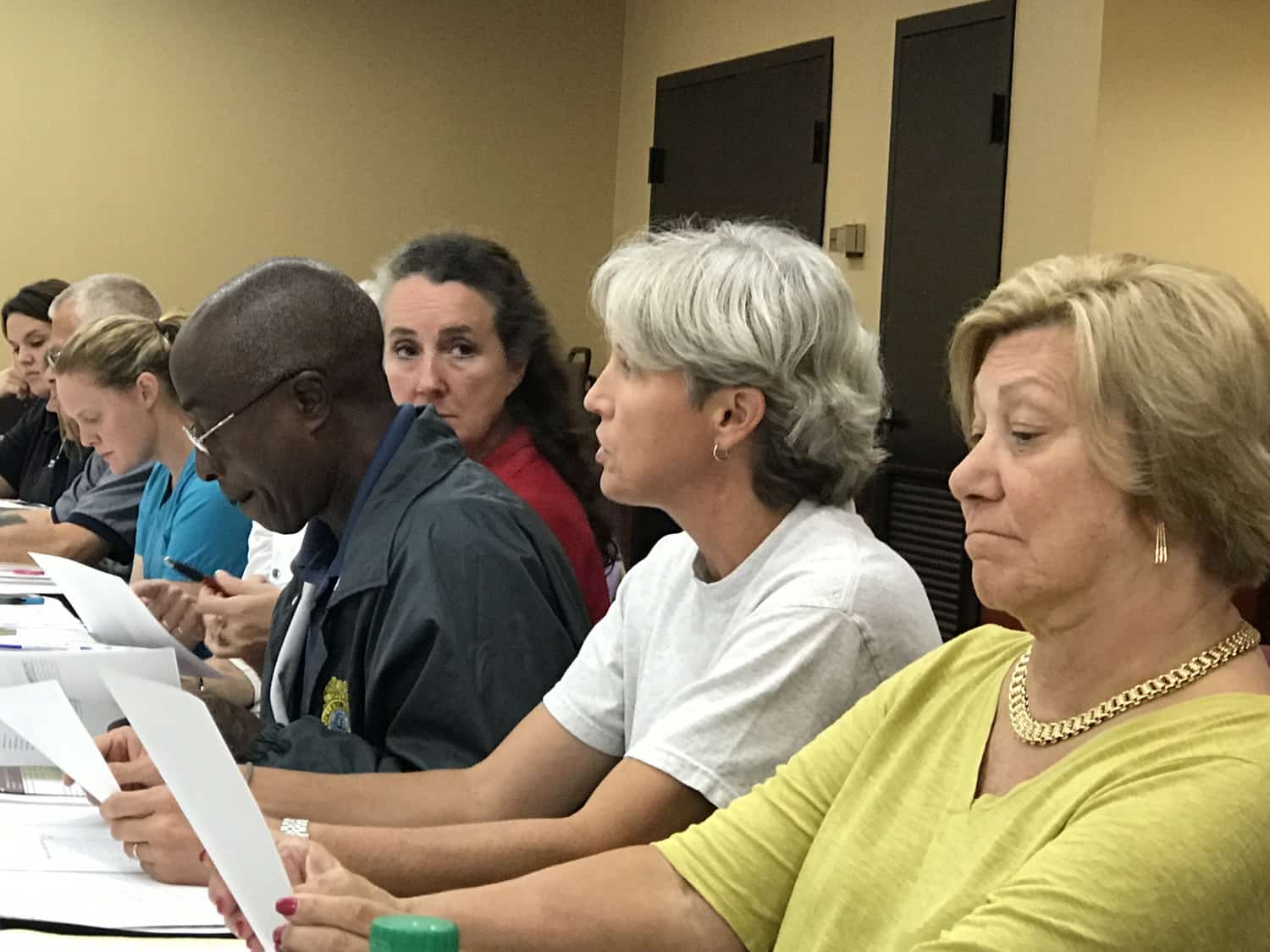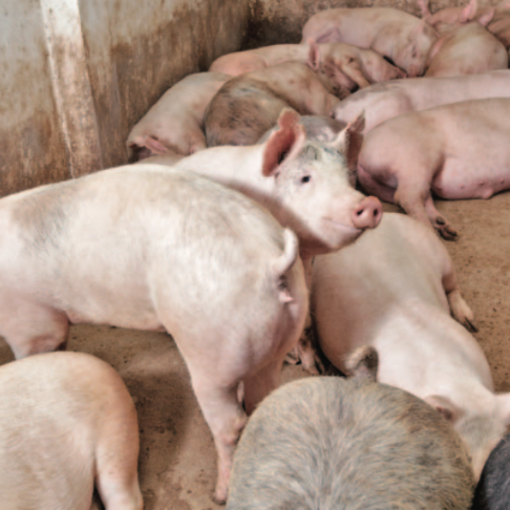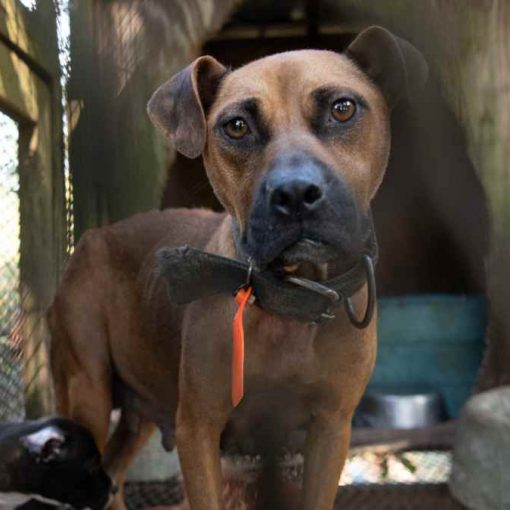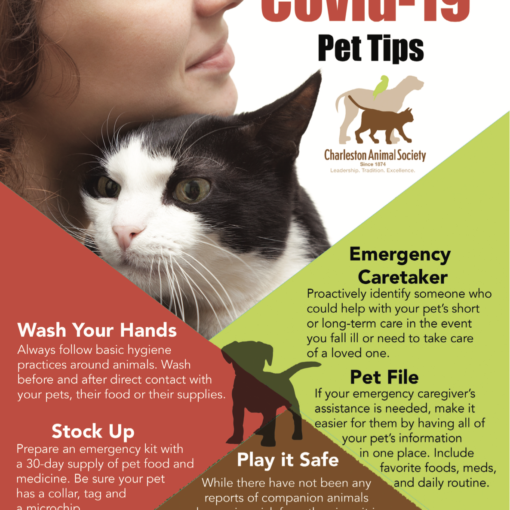By Teri Errico Griffis
Photo By Abigail Kamleiter
Imagine a South Carolina where every healthy and treatable dog and cat is saved. That’s the ultimate goal of No Kill South Carolina (NKSC), an initiative of the Charleston Animal Society based on its successful No Kill Charleston model. A groundbreaking new survey made possible by the Petco Foundation shows that dream is within our grasp.
NKSC collected data from South Carolina open-admission shelters – the very first time this data was compiled – and the results are exciting: over 12,000 fewer lives were lost between 2016 and 2017! Collectively, our intake decreased by 6% from 2016 to 2017, and euthanasia decreased by a whopping 30%. Open-admission shelters accept all animals in their jurisdiction and are responsible for the majority of the intakes and euthanasia.
What Does the Data Mean?
“No Kill South Carolina is trying to establish a baseline to see how many animals are coming through shelters in our state,” says Abigail Kamleiter, CAWA, Director of No Kill South Carolina. The findings date back two years and includes all 46 open-admission shelters in the state.
When managers of the shelters first saw the compiled data, Kamleiter notes, there was optimism in the air. “When we shared it with the other shelters, the mood in the room went from beaten down to, ‘Oh wow! This is doable!’ This feeling of hope has been incredibly re-energizing.”
The decrease is attributed to managing intake, improving foster care, opening up adoption protocols, and returning community cats to their outdoor homes, as well as increased communication and collaboration between shelters.
The statistics for dog euthanasia, in particular, came in much better than expected, “only 14% euthanasia for dogs is exciting, and we feel like we’re getting there,” Kamleiter says. The goal for this year is to eliminate euthanasia of all totally healthy dogs.
Building Trust Across the State
To bring No Kill South Carolina to life, shelters had to build trust in the idea—and one another. “Because open-admission shelters are the ones who primarily perform euthanasia, they feel beaten down. There’s often a lot of criticism and shelters are scared to say what they’re doing or not doing,” admits Kamleiter. “In these past two years, we’ve been trying to get people together to understand we’re not here to judge. We need to trust each other and believe that together we can achieve No Kill South Carolina.”
NKSC’s goal for this year is to save every healthy dog in South Carolina (dogs that don’t need medical or behavioral treatment), but lifesaving cannot come at the expense of humane care. So another goal is simultaneously working to raise shelter standards to ensure every sheltered animal is treated humanely.
Additionally NKSC will be hosting the first ever statewide adoption event October 6-7, with the support of the Petco Foundation. Save the date! “Petco Foundation is fantastic and very, very supportive. We love them!” says Kamleiter.
Shelters Seeing Success
Greenville County Animal Care is one shelter that is making history with No Kill South Carolina. “Once we heard what it was all about, it was right in line with what we were trying to achieve here,” says Shelly Simmons, Division Manager since 2007. “The idea to expand that at a state level just made sense for us.”
Today, GCAC is a key resource center for No Kill South Carolina, which means they have implemented life-saving programs that are necessary to build a No Kill Community. They also teach and train other organizations, shelters and agencies in their area how to apply them.
Simmons and her team have done a great job reducing the number of animals that have come in. Historically, the norm for GCAC was taking in 20,000 animals a year, but when they began implementing intake diversions and other programs, they saw significant reductions—50% to be exact. Now they are down to just over 10,000 animals.
“We are really excited to see how close we are,” says Simmons. “There’s this misconception that the south is so regressive in how it treats its animals and its quality of life-saving programs—and here we are saving lives. It’s inspirational and gives us that little bit of boost we need to keep going. This is a difficult job to be in. You get your heart broken a lot! So when you hear you’re that close, it keeps you going that we really can save every healthy dog in the state of South Carolina.”
And that is the goal for 2018. “Once we [save every healthy dog], we feel like we can use that achievement and leverage it. Then next, we work on saving healthy cats, then treating all animals that need to be treated,” says Kamleiter. “We can do this. Together.”





